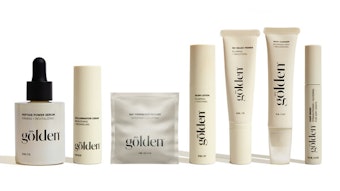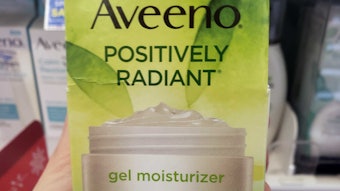Personal care is getting lively as cosmetic chemists tap into biologic research that they can piggyback formulations on. While DNA codes are unraveled and life’s nuts and bolts are revealed, specialized ingredients can be engineered to target genes or genetic omissions in hair or skin. This just shows how forward-thinking formulators can be.
Marketing can spin yarns around products developed for anyone’s biology or preferences—color, texture, ethnicity, age, genetic predisposition, gender ... you name it, they can market it—thus challenging the cosmetic chemist to probe deeper into the innate characteristics of individuals’ melanin content, sebum levels, intracellular pH levels, hair shapes, even hormones for something they can alter or activate topically that will “super-customize” a product offering.
Enter the men’s skin care market. In Z.D. Draelos’, MD, article, the physical element of raised testosterone levels in male skin is explored and its negative impact on the efficacy of basic skin care products discussed. As Draelos explains, testosterone levels change how basic products interact with male skin. This fact and could provide formulators with new opportunities for formulating effective men’s care.
M. Suzuki’s article also addresses a niche market segment: hair loss treatments. Suzuki examines suspected mechanisms causing hair loss and their impact on the hair growth cycle. An overview is given of current and emerging ingredients designed to target those mechanisms—certainly of special interest to formulators targeting the greater male population challenged by aloepecia or other forms of hair loss.
As the industry is well aware, cosmetic actives that provide such specialized functions raise the scrutinizing eye of regulatory officials. W. Schroeder’s article explains what product developers need to know to “Keep Cosmeceuticals Cosmetic.”
And how much more personal could a product get than to appeal to an individual’s likes and dislikes? The annual Color Formulary collection offers formulas for consideration by every cosmetic chemist in the color arena, providing opportunities to mix and match pigments to any specification, be it the chemist’s or the consumer’s.
I hope this issue of C&T magazine not only meets your personal and individualized formulating needs, but also offers some insight you can piggyback formulating ideas on, to carry you ahead of the competition










